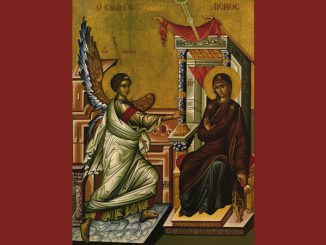
Patience with Quiet Students
Being a catechist requires patience. Some years it’s patience with behavior issues, and other years it’s patience with a class that’s too quiet. Let me explain. When discipline issues arise, there are a number of strategies for managing classroom behavior. But when young people are well-behaved yet non-participatory, we need different strategies, which we often don’t hear much about. The overreaching strategy to working with young people who don’t want to join in discussions or […]









